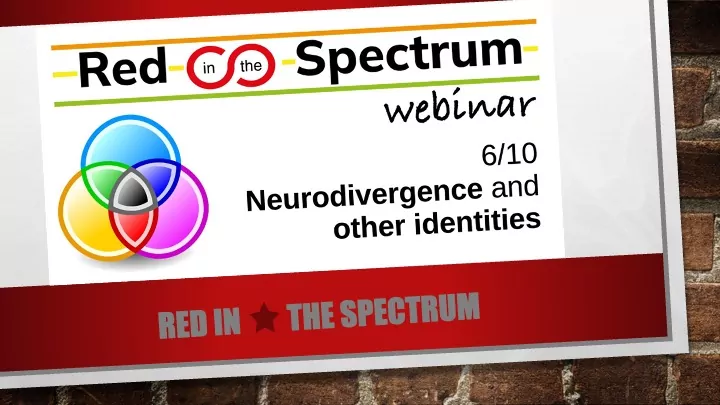Dyslexic postie’s story shows importance of social model of disability
This story illustrates the importance of the social model of disability in effectively addressing neurodiversity at work.
A postal delivery worker was making repeated mistakes when sorting letters into the sections of the frame used to prepare for delivering them. It got to the stage where management was threatening to discipline, or even sack, him.
The worker went to see his trade union representative. The rep, who is dyslexic, made the member feel comfortable enough to open up about their problem, and between them, they soon realised that the worker was probably dyslexic, although he did not have a formal diagnosis.
The worker and the rep wondered whether that particular frame was causing the problem, as it contained lots of addresses with the same first word but a different second word eg. Road, Street, Close, Avenue. The union rep tried sorting mail on this frame and came up against the same problems that the worker had.
The delivery office considered this particular frame a priority for prompt delivery of mail, which created additional pressure on the worker, which had led to more mistakes.
The rep explained the issue to the delivery office manager, who knew nothing about dyslexia and was hostile at first. The rep persisted, and persuaded management that dyslexic workers be allocated to other frames.
The worker – and other dyslexic workers – now make far fewer mistakes and experience less distress.

The social model of disability in action
This story illustrates the importance to neurodivergent workers of the social model of disability. The employer was applying a medical (also known as individual) model of disability, seeing the problem as coming from the worker. In contrast, the union rep applied the social model of disability, looking for – and finding – barriers presented by the workplace to the dyslexic worker.
Under the medical or individual model approach, the worker was the problem, and the only ‘solution’ the employer could identify was to discipline or sack him. Under the social model approach, it was the street names in a particular sorting frame that were the problem, and the solution was for dyslexic workers to work on other frames.
The union rep had taken part in a training course on neurodiversity in the workplace, which had been arranged by his trade union and delivered by Red in the Spectrum. His main takeaway from the training was the social model of disability, and the story above is just one example of how he has applied it in practice.
Contact Red in the Spectrum to arrange neurodiversity training for your trade union, your workplace or other organisation you are involved in, and use what you learn to put the social model of disability into practice!
Want to read more about the social model of disability?
In this article, Red in the Spectrum’s Janine Booth sets out the application of the social model of disability to neurodiversity.
It makes this observation about how different models of disability might describe dyslexia …
So, a traditional or medical model of dyslexia would say that it is a disability that impairs a person’s ability to read. A social model of dyslexia would say that it is a neurological variant which is better suited to some forms of written language than others, and therefore that it is those written languages that disable the dyslexic person.
… and argues that
The social model approach is more progressive, more realistic, and much more useful for achieving change that will benefit both the worker concerned and workers in general. The trade union and the disabled people’s movements support the social model.







